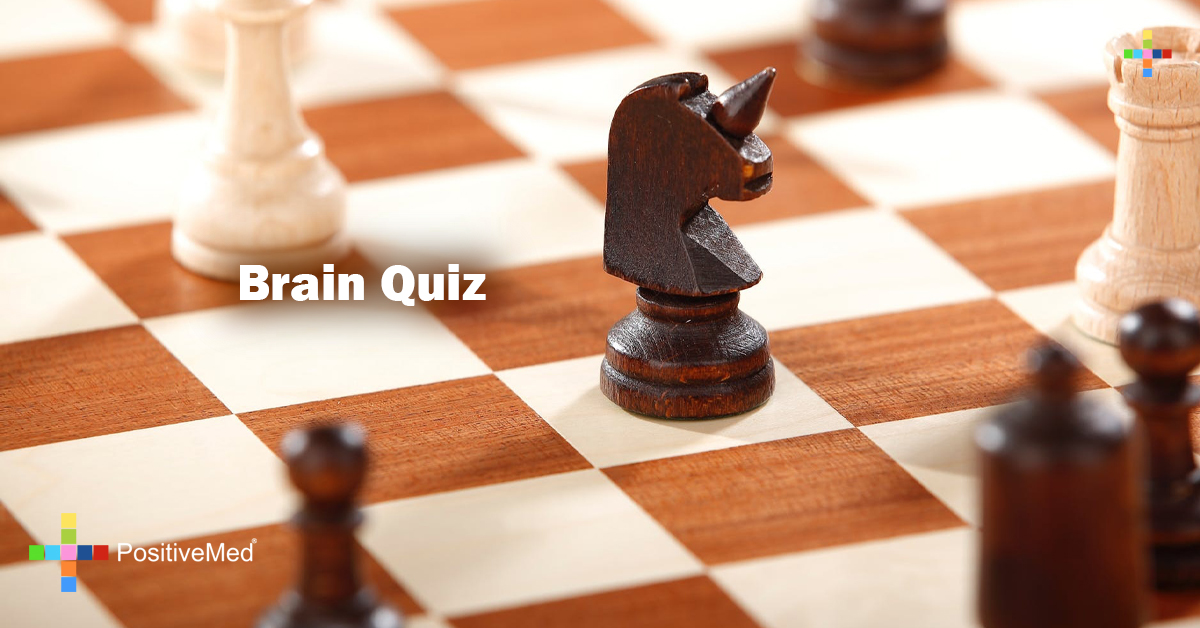



Some people probably have such finely balanced assumptions that any number of factors could yield their percept to switch rapidly. Of course, I also learned the true color of the dress in the intervening time, and my research suggests that people are more likely to switch to the true color of the dress than vice versa. A typical blue profession is an engineer. They are analyzers and often find mathematical, technical and problem solving thought processes more natural. Those with a high preference here have a strong logical and rational side. And it quite abruptly changed to a black and blue percept after four days, and I have never seen it as white and gold again. Blue: The HBDI® blue quadrant is the fact-based area of the brain. Admittedly, I looked more at images of dresses (and this specific one at that) in the days following “the dress” than in my entire life before that combined. However, I did assume it to be in a shadow, so that assumption seemed to override the other. But on average, this group will be exposed to more incandescent light than the larks.Īs a matter of fact, I can legitimately be accused of being a fairly extreme owl, yet I initially saw “the dress” strongly as white and gold. Even if someone spends most of their waking time at night, he or she might not use incandescent lighting. Just as mentally subtracting blue light leaves the image looking more yellow, mentally subtracting yellow light from an image leaves an image looking more blue, which is what I found empirically.Īs the effect is subtle-really a proxy for illumination exposure history that cannot be expected to correlate perfectly, one should not expect this to hold for every individual observer. Why? Because the sky is blue, daylight also overrepresents short wavelengths, compared with relatively long-wavelength artificial (until recently, usually incandescent) light. Natural light has a similar effect-people who thought it was illuminated by natural light were also more likely to see it as white and gold. Mentally subtracting short-wavelength light (which would appear blue-ish) from an image will make it look yellow-ish. Why? Because shadows overrepresent blue light. My research showed that if you assumed the dress was in a shadow, you were much more likely to see it as white and gold. Remember, the dress is actually blue and black, though most people saw it as white and gold, at least at first. At least, that’s what my research shows, thanks to 13,000 people, including many Slate readers, who took surveys on what they saw when they saw the dress and also compiled other information about how they generally perceived the photo and the world. Different people do this in differing ways, which is what causes the different interpretations of color. As the illumination conditions are impossible to clearly assess in the dress image, people make assumptions about what they are.


 0 kommentar(er)
0 kommentar(er)
